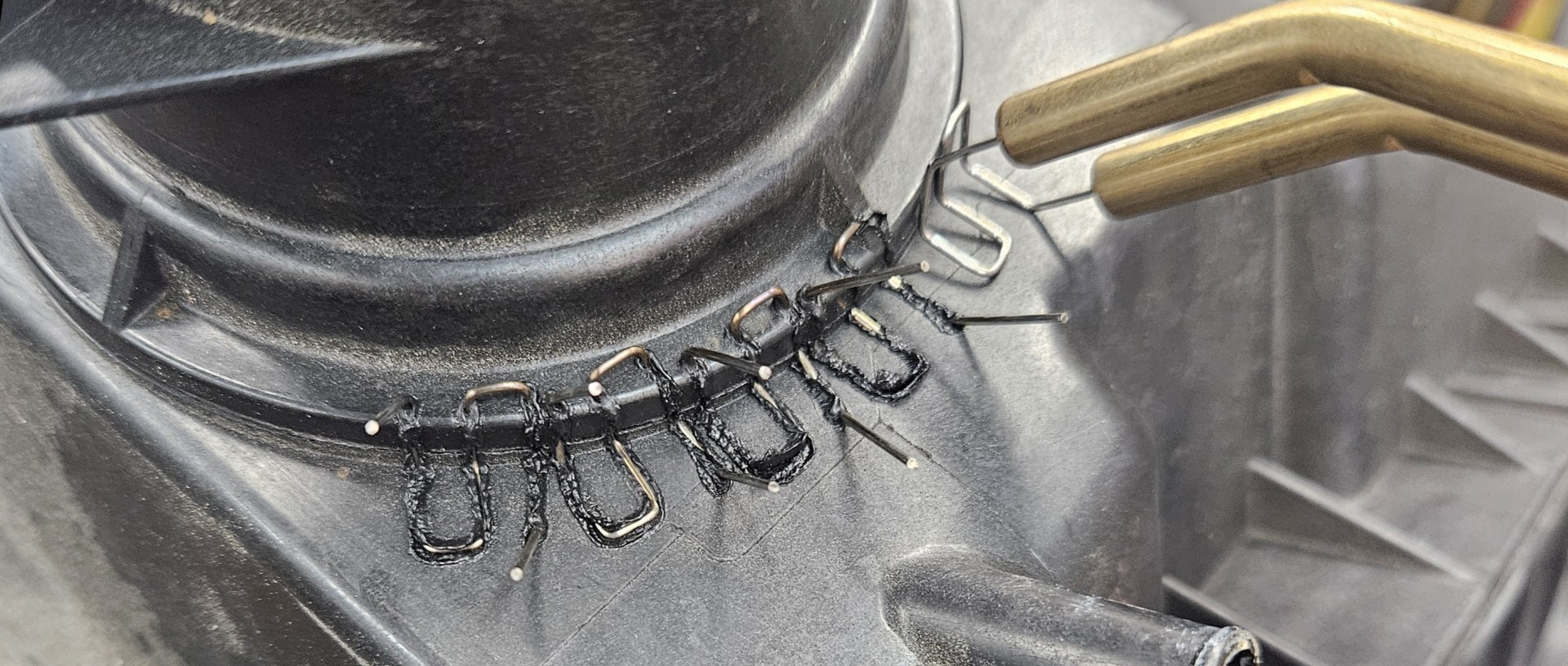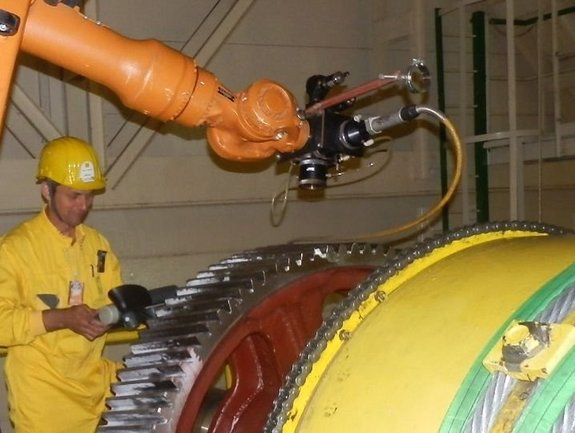Root reasons behind weld porosity and how Belgrade Welding fixes them
Wiki Article
Everything about Welding: Trick Insights Into Techniques and Ideal Practices for Success
Welding includes a range of strategies, each suited for certain products and applications. Recognizing these methods, such as GMAW, SMAW, and TIG, is crucial for attaining ideal outcomes. Additionally, the right devices and safety methods can not be overlooked. As prep work and troubleshooting play vital functions in the welding process, grasping these components can substantially improve the top quality of the final product. What are the vital factors that assure a successful weld?Understanding Different Welding Methods
Welding techniques incorporate a selection of techniques, each suited to particular applications and materials. Amongst the most typical strategies are Gas Steel Arc Welding (GMAW), Shielded Metal Arc Welding (SMAW), and Tungsten Inert Gas Welding (TIG) GMAW, likewise recognized as MIG welding, is prominent for its rate and convenience, making it perfect for thin materials. SMAW, or stick welding, is preferred for its simplicity and performance in outdoor settings, especially with thicker metals. TIG welding offers accuracy and control, making it ideal for elaborate work and non-ferrous steels (Belgrade Welding). Each strategy has its unique benefits and considerations, allowing welders to pick the very best technique based upon the task's needs, material kind, and wanted outcomes. Comprehending these strategies is vital for effective weldingCrucial Welding Tools and Devices
While different welding techniques call for particular abilities, the right tools and tools are similarly essential for achieving top quality results. Crucial welding tools includes welding devices, which vary depending upon the technique-- such as MIG, TIG, or stick welding. Safety equipment, consisting of aprons, helmets, and gloves, assurances safety and comfort during the procedure. In enhancement, clamps and components aid secure materials in position, guaranteeing precision in welds. Consumables like welding poles, cable, and protecting gas are likewise important parts that influence the high quality of the weld. In addition, tools such as cutters and grinders assist in surface preparation and post-weld finishing, contributing to an expert end result. Investing in high-quality devices eventually enhances the effectiveness and effectiveness of welding jobs.Safety Practices in Welding
Appropriate safety and security practices are vital in the welding sector to secure employees from prospective hazards. Welders should wear suitable personal safety devices (PPE), consisting of helmets with proper shading, gloves, and flame-resistant clothing. Appropriate air flow is crucial to minimize exposure to harmful fumes and gases generated throughout the welding process. Additionally, workers must be learnt the right handling of welding devices to stop accidents. Fire precaution, such as keeping flammable materials far from the welding location and having fire extinguishers conveniently offered, are essential. Routine inspections of equipment and workspaces can aid determine prospective threats before they lead to crashes. By sticking to these safety practices, welders can develop a much safer working environment and reduce risks related to their trade.Readying Materials for Welding
Preparing products for welding is an essential action that significantly affects the high quality and integrity of the last item (Montana Mobile Welding and Repair Belgrade Fabrication). Proper prep work entails cleaning up the surface areas to remove contaminants such as corrosion, oil, and dust, which can endanger the weld. Methods such as grinding, sanding, or utilizing solvents are commonly utilized to accomplish a tidy surface. In addition, ensuring that the products fit together comfortably is vital; voids can lead to weak welds. It's likewise vital to think about the placement and positioning of the components, as this will impact the ease of welding and the last end result. Picking the proper filler product and making certain compatibility with the base steels is essential for accomplishing strong, durable welds.Tips for Getting High-Quality Welds
Attaining high-grade welds needs focus to information and adherence to ideal methods throughout the welding procedure. Correct joint prep work is essential, making sure surface areas are free and tidy from impurities. Choosing the suitable filler product and welding method based on the base metals is crucial for optimal bonding. Preserving consistent traveling speed and angle while welding can prevent problems and promote harmony. Furthermore, controlling warmth input is crucial; excessive warm can result in bending and compromised joints. On a regular basis checking the welds throughout the procedure allows for instant changes if needed. Using ideal post-weld therapies, such as cleaning and anxiety relief, can boost the toughness and honesty of the weld, ultimately making sure an effective outcome.Repairing Typical Welding Issues
Welding frequently presents obstacles that can influence the high quality and honesty of the last product. Common issues such as porosity, inconsistent weld beads, and overheating can develop, each needing certain repairing methods. Recognizing these troubles is vital for welders to improve their skills and accomplish suitable outcomes.Porosity Problems Discussed
Although porosity can often be neglected, it remains a crucial issue in welding that can jeopardize the stability of a finished product. Porosity refers to the presence of tiny gas pockets within the weld grain, which can lead and compromise the joint to early failing. This problem normally occurs from contaminants, dampness, or improper protecting gas protection during the welding procedure. To mitigate porosity, welders need to verify that the base products are clean and dry, make use of proper protecting gases, and maintain constant welding parameters. On a regular basis examining the tools and environment can additionally help determine potential concerns before they manifest in the weld. Resolving porosity properly is necessary for accomplishing solid, sturdy welds that satisfy quality criteria.
Inconsistent Weld Beads
Inconsistent weld grains can considerably affect the high quality and stamina of a finished item. Various factors add to this problem, including inappropriate traveling speed, wrong amperage settings, and irregular electrode angles. When the welder moves as well promptly, a grain might appear slim and do not have penetration, while relocating as well slowly can create extreme buildup. Additionally, using the wrong amperage can result in either undercutting or too much spatter, both of which compromise weld honesty. The welder's technique, such as irregular lantern motion, can likewise result in irregular bead look. To minimize these problems, welders should concentrate on preserving consistent, regulated movements and making certain appropriate devices setups to accomplish harmony in their welds. Consistency is essential to achieving trustworthy and strong welds.Overheating and Warping Issues
Too much heat throughout the welding procedure can lead to substantial overheating and buckling problems, impacting the architectural integrity of the workpiece. These issues frequently show up as distortion, which can jeopardize positioning and fit-up, making additional assembly testing. Factors adding to overheating include the option of welding specifications, such as voltage and take a trip rate, as well as the kind of material being bonded. To mitigate these problems, welders should keep constant traveling rate and ideal heat input while keeping track of the work surface temperature. Furthermore, pre-heating or post-weld warmth therapy can assist relieve stresses brought on by rapid cooling - Montana Mobile Welding and Repair Belgrade. Normal inspection and adherence to finest practices are crucial in protecting against overheating and making sure the durability and integrity of welded frameworksRegularly Asked Concerns
What Are the Job Opportunities in the Welding Market?
The welding market provides varied occupation chances, consisting of positions as welders, inspectors, teachers, and engineers. Experts can operate in manufacturing, building and construction, aerospace, and vehicle sectors, taking advantage of solid demand and competitive salaries in various roles.Exactly How Can I Improve My Welding Rate Without Compromising Quality?
To boost welding rate without giving up quality, read more one must exercise effective techniques, keep tools, enhance settings, and improve hand-eye control. Normal training and looking for responses can also substantially add to achieving quicker, high-quality welds.What Qualifications Are Offered for Welders?
Many accreditations exist for welders, consisting of those from the American Welding Culture (AWS), the National Center for Construction Education and Study (NCCER), and numerous industry-specific companies. These qualifications enhance employability and demonstrate ability efficiency.Exactly How Does Welding Impact the Properties of Metals?
Welding affects the residential or commercial properties of steels by changing their microstructure, which can lead to changes in toughness, hardness, and ductility. Warmth input and cooling prices during the process substantially influence these material features.Can I Weld Dissimilar Metals Together?

Report this wiki page